|
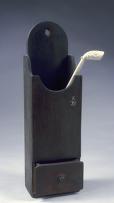
Pipe box

Tall case clock
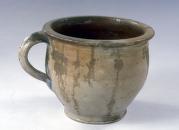
Chamber Pot
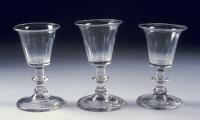
Wine Glasses
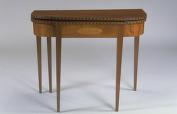
Card Table
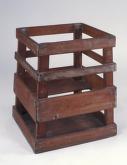
Baby tender

Foot Warmer

Candlesticks

Clothes Wringer
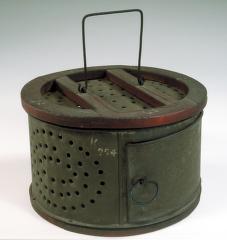
Foot Stove
|
Summary and Objective
Students will develop an understanding of the ways in which different people can use, relate to, and understand an object. Students will look at each artifact collected in this lesson plan. For each artifact, the students will describe how members of a poor family, farmers, African-American slaves, indentured servants, hired servants, Native Americans, business owners, or wealthy wives and husbands would use, relate to, and feel about each artifact.
Teaching Plan
Step 1.
Students will view the ten artifacts from the website. For each artifact, they will make a list of all the people who would have come in contact with that artifact. Then describe how each of those people would have thought or felt about the artifact. Would they have used the artifact for pleasure or work or chores or in daily habits? Would they have felt lucky to have it, cursed to have to deal with it or just have accepted it? Would they have valued and appreciated it?
Step 2.
Review the students' answers. Encourage them to think beyond the immediate family members to slaves, indentured servants, hired servants, single women, widows, inn keepers, farmers, Native Americans, and recent European immigrants.
Step 3.
Break the students into groups of three. Each group will complete a chart which describes the people connected to each artifact. The chart should be of student design but list the ten artifacts and every person that the group believes would have come in contact with the artifact. Using their previous individual work, the group will then include a thorough description of each person's relationship and feelings toward the artifact.
Step 4.
Conduct a whole-class discussion about the importance of understanding an artifact from different perspectives. Encourage students to talk about the impact of social hierarchy on a person's outlook, the ways that social roles can shape or limit a person's activity, and the need to study history from many different sides.
|




